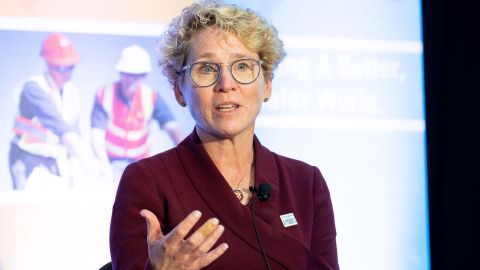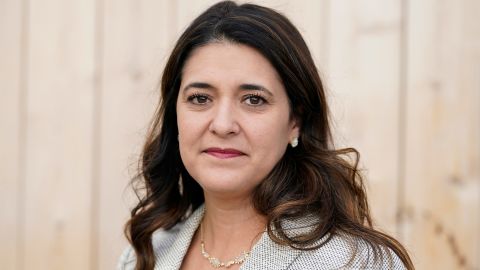On the one year anniversary of Russia's invasion of Ukraine, neither the West or Russia can clearly explain how exactly the rest of humanity, especially Africans, wins from their respective preferred outcomes.

Oleksandr Ratushniak for UNDP Ukraine via Flickr CC BY-ND 2.0 (2022).
On the eve of the one-year anniversary of Russia’s invasion of Ukraine, South Africa participated in trilateral naval exercises with Russia and China off its Indian ocean coastline. The event is widely scorned as being in poor taste, and another example of the South African government’s shameful refusal to condemn Putin’s aggression. Pretoria’s official line is that a diplomatic resolution to the conflict is the only viable one, so communication channels must be kept open. This is in lockstep with China’s official position, now fully elaborated in a formal peace proposal. Upon its publication, the foreign ministry released a statement containing probably the most truistic, polarizing and fact of the matter thing anyone can say about the [word]: “Conflict and war benefit no one.”
Our take last year was that “The anti-imperialist stance is not on the side of the West, nor with Russia (and by extension, China). It is refusing to pick a side in an elite-serving great power conflict using Ukraine as its proxy. The anti-imperialist position is non-alignment from below that encourages our states to follow such a foreign policy.” It is hard to see this organically emerging now as the baseline position hardens to either binary. Still, Ukrainians are widely absent from the picture, as Volodymyr Ischenko explains in a brilliant essay for the New Left Review, “Ukrainian Voices.” To be sure, most Ukrainians despair at their homes and livelihoods being upended by violence. But it’s unclear how many support the program of NATO inclusion and European integration that Zelensky is stubbornly marching the country towards. Per Ischenko, “Are we really to believe that the English-speaking, West-connected intellectuals, typically working in Kiev or Lviv, and who often even personally know each other, represent the diversity of the 40-million-strong nation?”
The civilizational terms on which this war is framed, will only continue to alienate countries in the Global South. The simple reason for that remains that the West cannot simultaneously mobilize concepts like justice and freedom in the defense of Ukrainians, while it presides over an unjust and unequal international order. We need alternative ways to respond to such international crises. Once upon a time, struggles for sovereignty went beyond particularist, identity-based claims and spoke in the language of broad, universal emancipation. The Havana Congress, coordinated by the Progressive International, is a step in this direction. So too, are proposals from Brazil’s new president, Lula da Silva, for a group of countries to mediate talks (Lula is the de-facto leader of the new non-aligned movement). Without firm grounding in a different vision of the world order, avoiding Western encirclement inevitably becomes a pivot East. Multipolarity for its own sake serves no one. In Ischenko’s sobering words, “The Western elites are trying to save the fraying international order; the Russian elite is trying to revise it to get a better place in a new one. However, neither can clearly explain how exactly the rest of humanity wins from either outcome. This is what ‘multipolarity’ may look like—the multiplication of national and civilizational identities, defined against each other but lacking any universal potential.”


